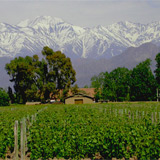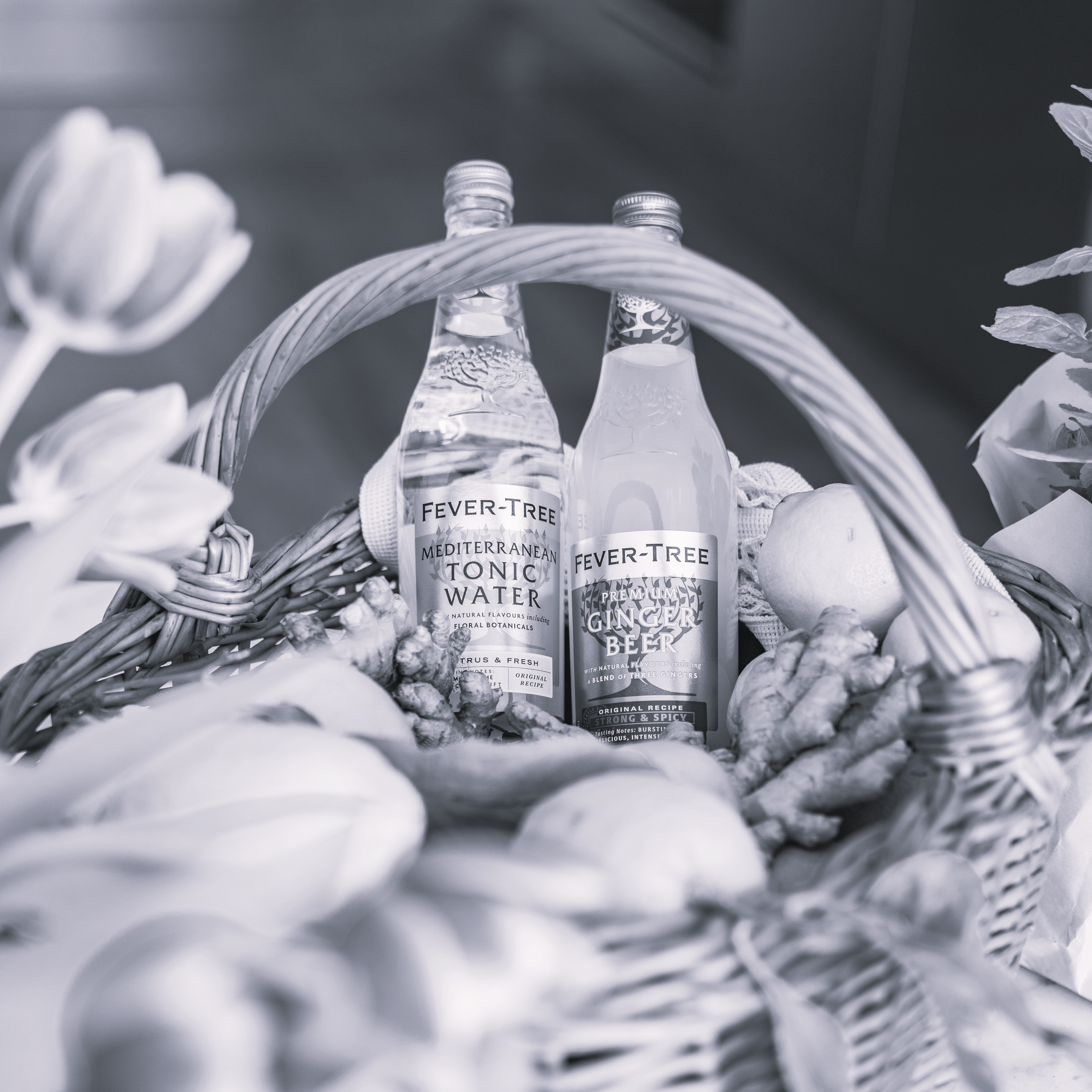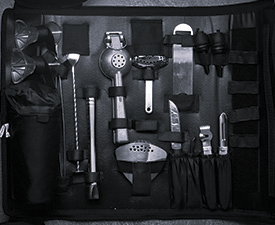Argentina lays between latitude 22 to 55 south. With an area four times bigger than that of France, and with approx 39 million people. Argentina is one of the ecological treasures of the world, and it is definitely a very unique country in South America. Incredible prairies and marvelous agricultural lands make Argentina one of the most well-known grain and meat exporters worldwide. This international recognition also includes viticulture, with vineyards spreading from north to south, alongside the Andes.
Mendoza is Argentina's centre of quality and accounting for over 80% of total production, from its 146,000 hectares of vineyards - (or to put it another way, over half of the entire wine production of South America). The basic wine geography in Mendoza can be divided in 5 great areas. Each of them presenting specific characteristics and differentiating from one another quite notably according to location, height and soil composition. Northern Mendoza - Eastern Mendoza - Mendoza River Area - Uco Valley and Southern Mendoza.
In the rain shadow of the Andes, Argentina is for the most part an arid landscape, but like Chile it benefits from a supply of irrigating water off the mountains. Unlike Chile however, the generally warmer inland region can support vine growing down the length of the country. In the north, the vineyards lie at the same latitude as Morocco; in the south, vineyards share latitude with New Zealand. One of the keys to growing quality wine grapes here is altitude, with vineyards planted at between 2,000 and 3,000 feet to exploit cooler temperatures.
A quality-oriented industry is developing towards the constant search of vineyard and terroir improvements. Certainly, Mendoza holds an enviable diversity in this respect. Producers like Chakana make fine Cabernet, Merlot and increasingly impressive Syrahs and Malbecs. Many wineries have been subject to foreign investment from top European houses. Some superb Malbecs are being made in the sub-region of Lujan de Cuyo and Maipu.










